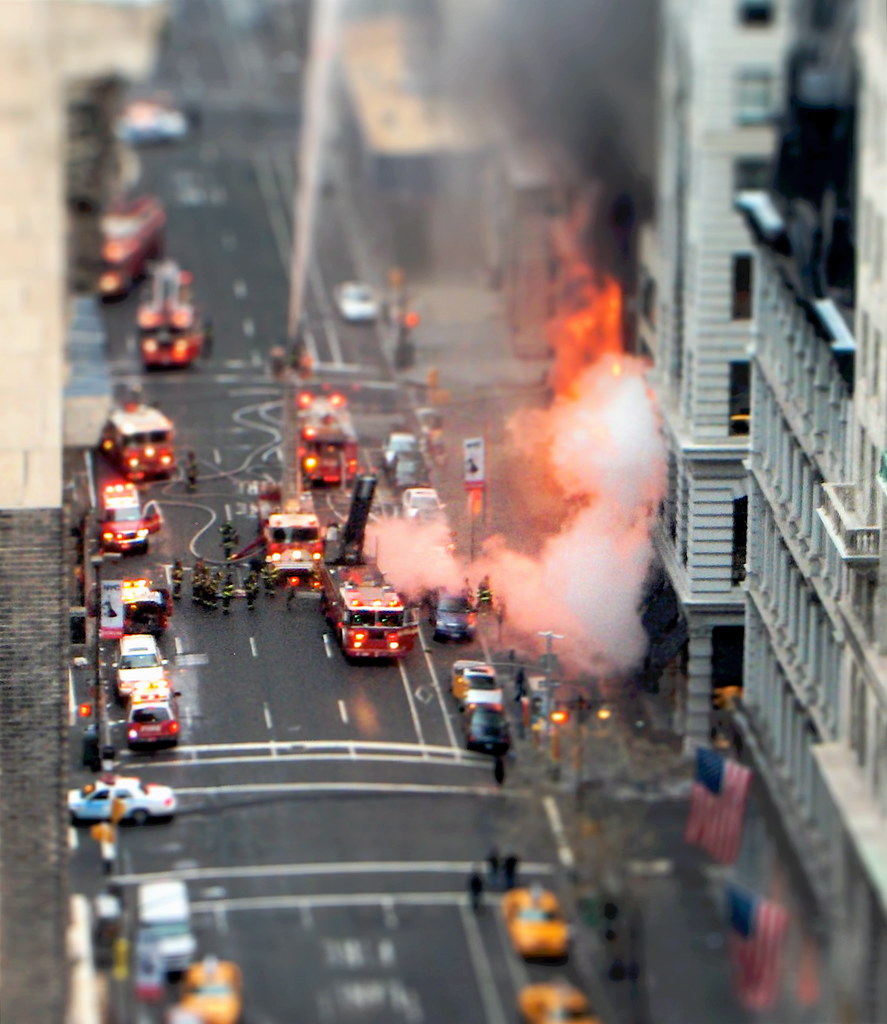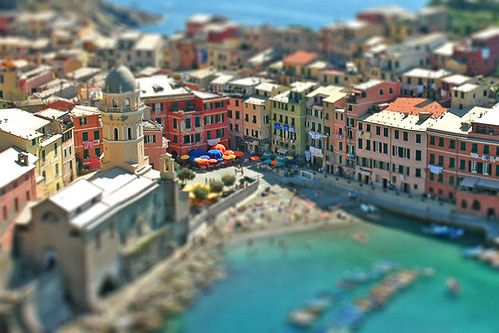 by Angga Andinata (xp08)
by Angga Andinata (xp08) by Antonius Teiseran (xp08)
by Antonius Teiseran (xp08)Try to capture UNIQUE or seldom seen images of the city, avoid cliche images. However, it could be something often seen, but you depict it in a new or unique way.
It's subjective, and it's your personal perspective of the city. And you're allowed to manipulate/edit your images as you like them to be (such as using HDR, fake tilt-shift, color adjustments, or just natural or as is).
Pick TWO of your best pictures and print them to minimum 10R size prints, and paste them to a black hardboard/infraboard with 3 cm margins all around. TYPE the TITLE, YOUR NAME, and ID# on a label and paste it on each of your boards on the front bottom right corner.
WE'LL SELECT THE BEST ONES AND HANG THEM UP FOR A SMALL EXHIBITION ALONG THE DEPARTMENT HALL. There'll be a voting session to decide who's got the best photo, and deserves bonus points.
In general, the history of urban photography can be divided into two trends:
- depiction within a topographical approach (the distant gaze and the panoramic view)
- depiction of urban life at street level
To get you started on ideas about our city, here are some compiled terms that are often used to describe the modern city and urban life...

















